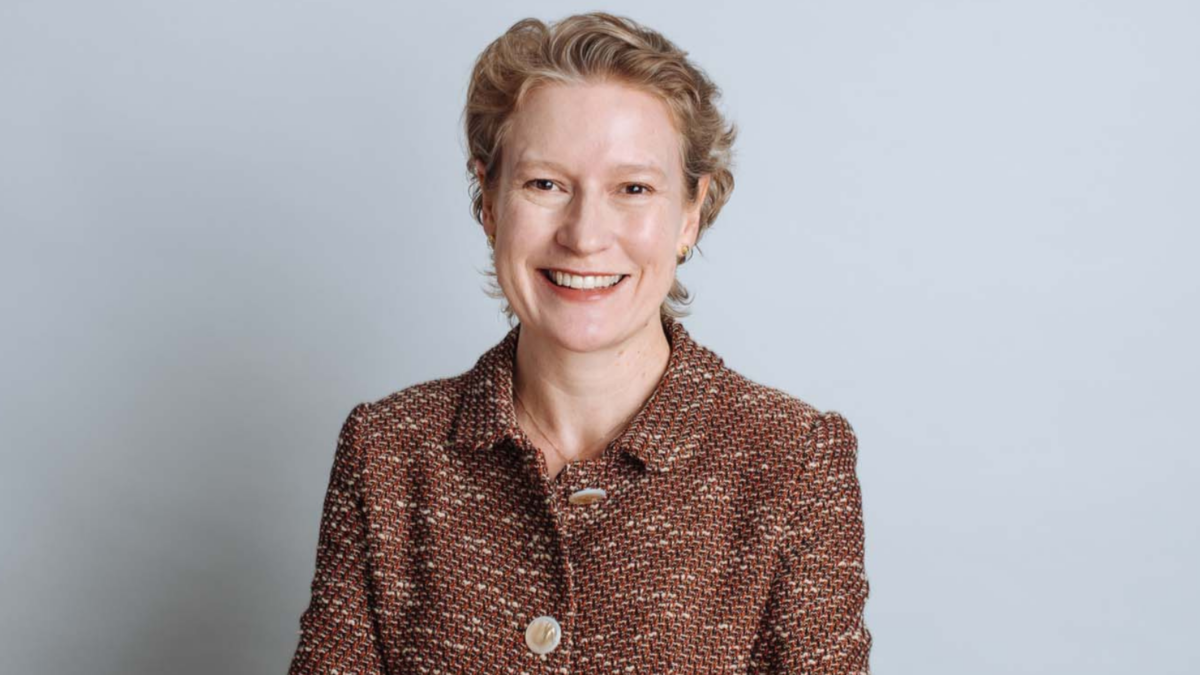Sea Leopards, Shackleton and Aussie Super
(Pictured:Patrick Liddy)
In 1915, for 10 months the ice-moored ship ‘Endurance’ drifted northwest before it was finally crushed. But for Ernest Shackleton and his crew of twenty-seven men the real ordeal had just begun. It was to go on for a further 10 months, in the most unforgiving of terrains, the Antarctic. Shackleton would bring them all home in an epic that defined heroism.
There were many interesting moments, but one seems more relevant for this piece. When running short of sustenance one of Shackleton’s party, able seaman Thomas McLeod, hit upon a novel idea of obtaining food. McLeod, who was a small but stocky man, went over to the edge of the ice and stood flapping his arms to imitate a penguin. A “sea leopard apparently was convinced for it sprang out of the water at McLeod.” Another of the party promptly shot the sea leopard and starvation was averted again. From hunter to the hunted happens quickly and without mercy. For business it is the same.
Industry Super, Corporate Super, Retail Super and Self Managed Super Funds (SMSFs) are all in the same market place and are in competition with each other. The most successful, according to market share statistics are the SMSFs.
Source: Tria and ACSA
The SMSFs share of the market has gone from 14 per cent in 1997 to around 32 per cent now. Corporate and Industry funds have gone from 33 per cent to 24 per cent. Retail has remained at 29 per cent market share. This lack of growth in market share has been disguised by the growth in the overall market. This growth is from $267 billion in 1997 to $1.6 trillion in 2013. SMSFs have tended to be very expensive when compared to other saving vehicles. Price is therefore not the key determinant, yet. Currently, functionality and advice are.
Industry, corporate and retail funds are no longer ignoring the threat. Many funds are using the FNZ and Macquarie Platforms to counter the SMSF defections. Twelve months ago Australian Super was the only fund offering a SMSF like capability. Now you have the following – either doing it or looking to implement – Australian Super, Telstra Super, Host Plus, Club Super, Legal Super, QSuper, First State Super, Mercers Super Trust and there are more. But currently price is their main weapon. And as ineffective as it is someone like Australian Super is wielding it unmercifully. If the ATO is right, and it generally pays to believe they are, (at least till after any court case) the average cost of managing an SMSF is around $6,000 per annum. Australian Super is ‘knocking’ them out for $180 per member, per annum perhaps. That’s a huge saving and with the current established SMSF providers locked in to ‘cottage industry’ pricing this advantage will grow. They, the established SMSF providers, are unable to build true economies of scale with their current infrastructures. Theirs is an industry ripe for industrialisation.
To my mind Industry and corporate funds entering the SMSF market is like Russia entering the Second World War. They will stumble about, get some parts wrong but will ultimately be very successful. Russia did end up with a large part of “Central” Europe and with the most successful commander of the 20th century Georgy Zhukov. Put simply, the industry funds have a lot going for them. They have an imbedded long-term customer base, going from accumulation to pension within the same fund is very efficient and they have for the most part exploited their economies of scale and this will ultimately tell. (Australian Super has already shown fine insight employing someone to look after traditional MIC options and someone to look after the ‘SMSF’ like options. They are two different market segments.)
They, the industry funds, are buoyed by their past success. The Australian model is touted by most participants as being the best there is. This sentiment has been slumbering along the horizon for many years. We need to perceive the changes in the world and in particular the advances made by the UK in this sphere. These advances will help the market and the end investor. These are:
1) Light advice models for members and investor. Allows smaller balance members and investors to look at different solutions and tailor them to their needs.
2) New products that take advantage of individual needs of risk and investment (Like Bond Markets Secure Income product, but there are more).
3) Individualised Equity Models (as supplied by Brightstone Capital Advisors) and ETFs for the members and investors.
These solutions revolve around two axioms. The first is keeping it cheap the second is tailoring it to the individual. Personally I like both. The funds to succeed must expand their offerings and capitalise on their economies of scale. Finally, the sea leopard, the Antarctic’s top predictor, didn’t see it coming, that’s generally the way it is.
By Patrick Liddy










